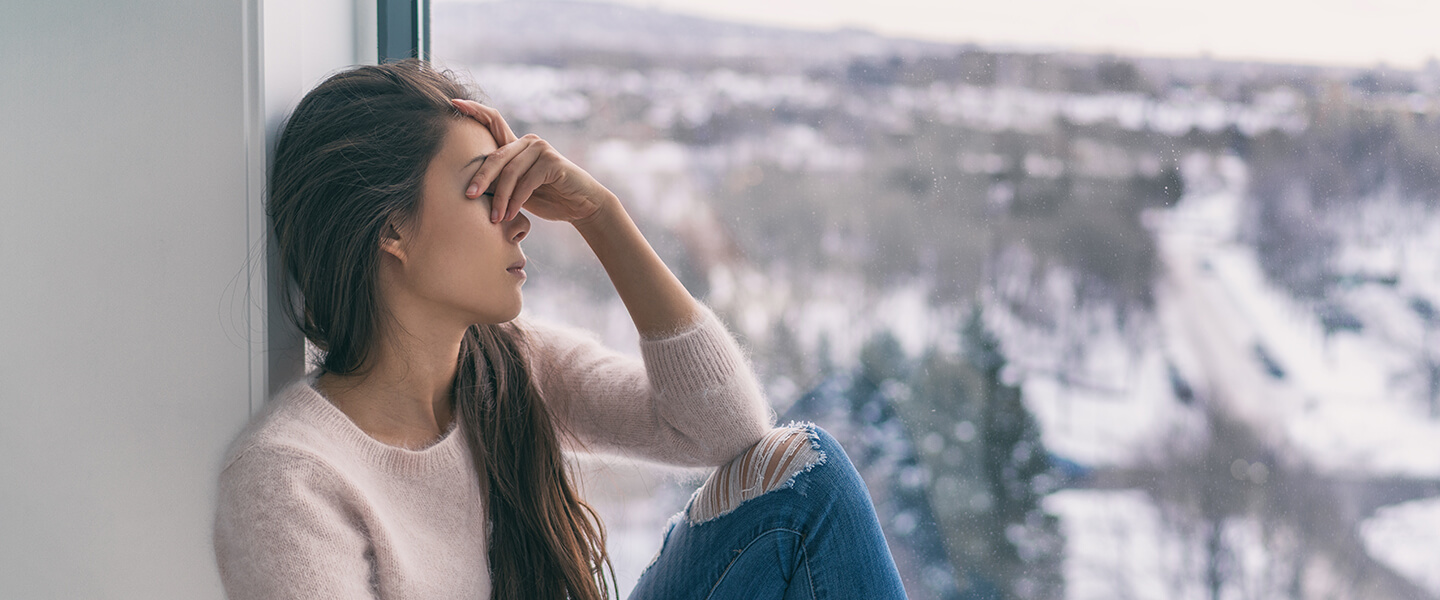The Winter Blues or Seasonal Affective Disorder?
The winter blues are very common, with many of us experiencing a mood shift during the colder, darker days of winter. You may find yourself feeling more lethargic and down overall.
Although you may feel more unhappy than usual, the winter blues typically do not affect your ability to enjoy life. But if your winter blues start permeating all aspects of your life — from work to personal relationships — you may be experiencing seasonal affective disorder (SAD).
SAD is a subtype of major depression that is characterized by the onset of depression during winter months when there is less natural light. For many people, symptoms usually start in the fall and continue into the winter months.
Symptoms of Seasonal Affective Disorder may include:
- Feeling depressed most of the day, nearly every day
- Feeling hopeless or worthless
- Having low energy
- Losing interest in activities you once enjoyed
- Problems sleeping
- Changes in your appetite or weight
- Feeling sluggish or agitated
- Having difficulty concentrating
- Having frequent thoughts of death or suicide
What causes SAD?
Specific causes remain unknown. Some factors may include:
- Your biological clock (circadian rhythm)
Reduced sunlight in fall and winter may cause winter-onset SAD. This decrease in sunlight may disrupt your body's internal clock and lead to feelings of depression - Serotonin levels
A drop in serotonin, a brain chemical that affects mood, may play a role in SAD. Reduced sunlight can cause a drop in serotonin that may trigger depression. - Melatonin levels
The change in season can disrupt the balance of the body's level of melatonin, which plays a role in sleep patterns and mood.
How Do You Treat SAD?
Treatment for SAD may include light therapy (phototherapy), psychotherapy and medication.
In addition to your prescribed treatment plan for SAD, you may also try:
- Making your environment sunnier and brighter
- Spending more time outside
- Exercising regularly
In addition to SAD, some people with major depression, unrelated to the season, may experience an increase in symptoms during the late fall and winter; it is important that they discuss this with their psychiatrist.
The most important take-home message is that SAD, just like other types of depression, is treatable and people should not suffer in silence; they should seek help.
- Written by Jeffrey Borenstein, M.D., President & CEO of the Brain & Behavior Research Foundation. This blog post also appears on the Gravity Blankets Blog.
For some Everyday Mental Health Tips, click here.
In this Meet the Scientist Webinar, Dr. Dorothy Sit presents Bright Light Therapy for Mood Disorders including Bipolar Depression:



